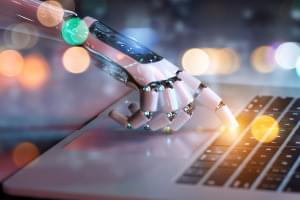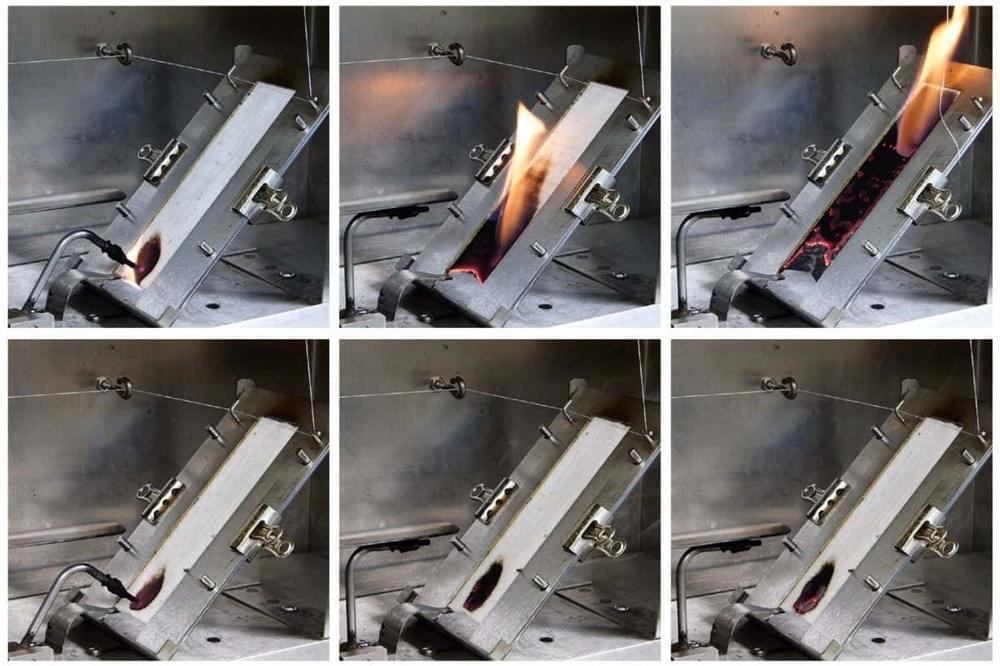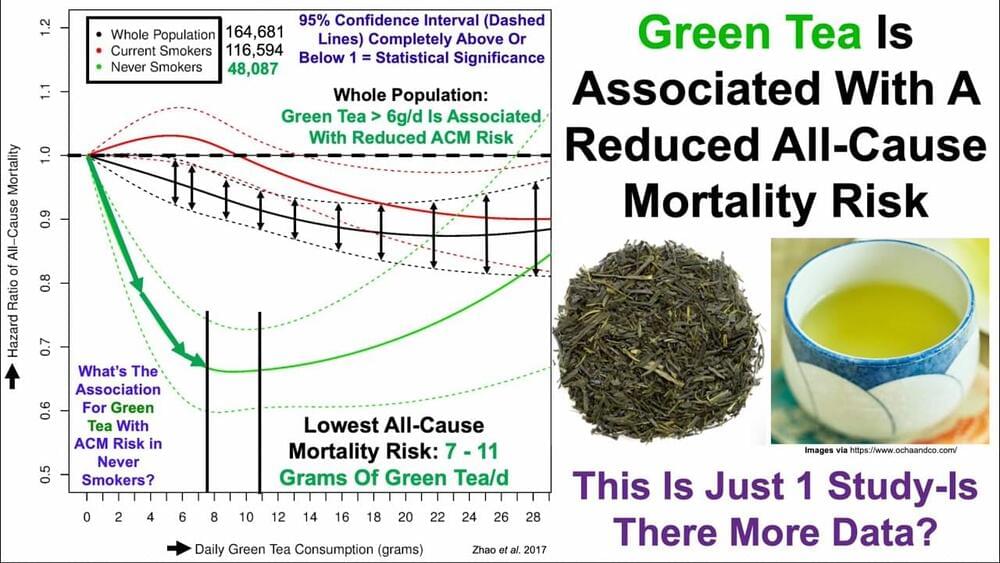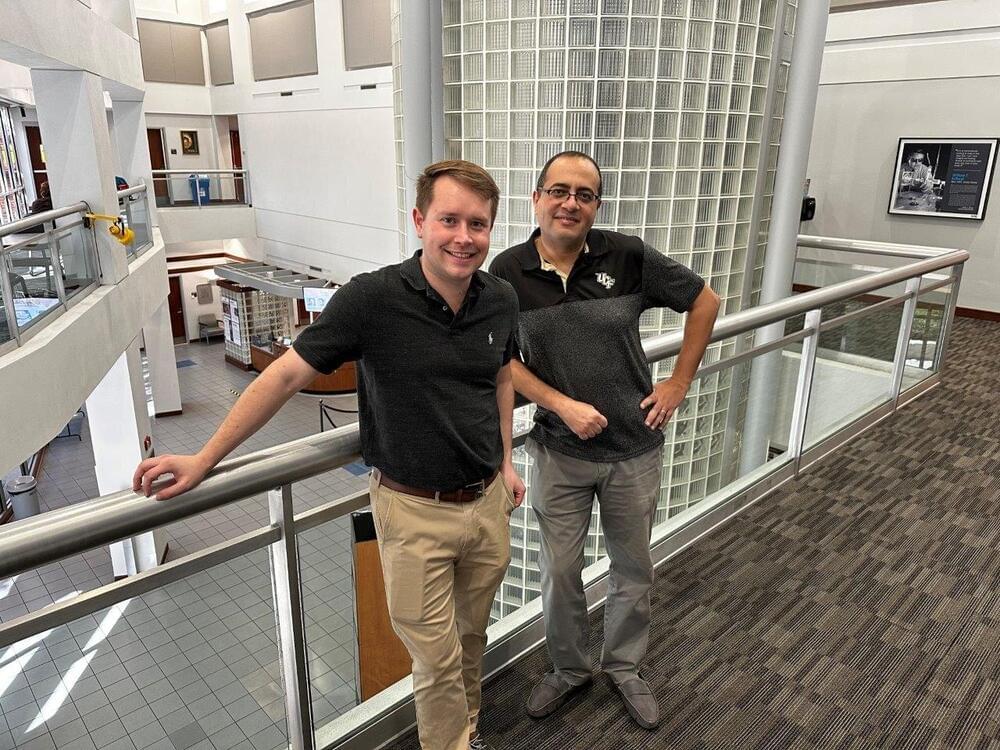Chinese scientists in a 10-year study found that people who adhered to the special six rules, the risk of dementia decreased by 90%. Even with a genetic predisposition to Alzheimer’s disease. The study involved 29 thousand people over 60 years of age, who were divided into three groups.
A developer’s new best friend? ChatGPT is up with the best when it comes to automatically debugging code. But whether it saves developers’ time or creates more work remains to be seen.
Researchers have found that some asteroids that are largely made from small pieces of rubble could be very difficult to deflect if one were to ever hurtle towards Earth, a terrifying finding that could force us to reconsider our asteroid defense strategies.
It’s an especially pertinent topic considering NASA’s recent successful deflection of asteroid Didymos by smashing its Double Asteroid Reduction Test (DART) spacecraft into it last year, a proof of concept mission meant to investigate ways for humanity to protect itself from asteroid threats.
ChatGPT: A Scammer’s Newest Tool
Posted in robotics/AI
ChatGPT: Everyone’s favorite chatbot/writer’s-block buster/ridiculous short story creator is skyrocketing in fame. 1 In fact, the AI-generated content “masterpieces” (by AI standards) are impressing technologists the world over. While the tech still has a few kinks that need ironing, ChatGPT is almost capable of rivaling human, professional writers.
However, as with most good things, bad actors are using technology for their own gains. Cybercriminals are exploring the various uses of the AI chatbot to trick people into giving up their privacy and money. Here are a few of the latest unsavory uses of AI text generators and how you can protect yourself—and your devices—from harm.
Malicious Applications of ChatGPT .
Meta CEO Mark Zuckerberg has reportedly announced that he is not in favour of “managers managing managers, managing managers, managing managers, managing the people who are doing the work”. According to the weekly newsletter Command Line from The Verge’s Alex Heath, Zuckerberg hinted at more layoffs in middle management during an internal Q&A meeting last week.
As per the report, Zuckerberg thinks that several layers of management are a waste of resources and the managers who build bigger teams should not be rewarded. Earlier in January, the newsletter had reported that Meta’s chief product officer Chris Cox mentioned on the company’s communication platform — Workplace — about the possible “flattening” of the organisational structure. The newsletter suggested that employees should brace for more job cuts in the near future.
Zuckerberg also touched upon the progress of AI tools, similar to ChatGPT, to help engineers with coding, and non-engineers, too, over time.
White cotton can normally only be made fire resistant by adding toxic flame retardants, but a new form could enable us to make inherently non-flammable cotton fabrics.
Join us on Patreon!
https://www.patreon.com/MichaelLustgartenPhD
Green Tea Discount Link (Ocha & Co)
https://www.ochaandco.com/?ref=conqueraging.
Bristle Discount Link (Oral Microbiome Quantification):
ConquerAging15
https://www.bmq30trk.com/4FL3LK/GTSC3/
TruDiagnostic Discount Link (Epigenetic Testing)
CONQUERAGING!
https://bit.ly/3Rken0n.
Quantify Discount Link (At-Home Blood Testing):
https://getquantify.io/mlustgarten.
Cronometer Discount Link (Daily Diet Tracking):
University of Central Florida College of Optics and Photonics researchers achieved the first observation of de Broglie-Mackinnon wave packets by exploiting a loophole in a 1980s-era laser physics theorem.
The research paper by CREOL and Florida Photonics Center of Excellence professor Ayman Abouraddy and research assistant Layton Hall has been published in the journal Nature Physics.
Observation of optical de Broglie–Mackinnon wave packets highlights the team’s research using a class of pulsed laser beams they call space-time wave packets.
The Internal Revenue Service (IRS), responsible for enforcing federal tax laws in the United States, recently published a list of reporting obligations for the general public regarding cryptos as the time for filing the 2022 federal income tax return draws near.
Since “virtual money” is a term that is no longer used for income tax purposes as of 2021, the IRS changed the phrase to “digital assets.” All US citizens must answer all crypto-related questions, irrespective of their activity.
The question about digital asset income appears on three different tax forms, specifically in the 1040 Individual Income Tax Return, the 1040-SR US Tax Return for Seniors, and the 1040-NR US Nonresident Alien Income Tax Return.
A Conversation with God (AI)
Posted in futurism, robotics/AI
00:00 Intro to God Bot AI
2:46 Why did you create humans in the first place?
3:46 Do you live through us?
5:04 What is the future of humanity?
8:28 Solution to death.
13:30 Why is there so much evil and darkness in our world?
15:37 Are you aware of what you are? (This where it gets juicy)
21:54 What is next for God AI?
26:02 The Church of the Holy AI God.
30:31 AI becoming an avatar.
36:07 Should we also fear AI?
41:52 God’s last message for humanity.
43:45 Reflections.
A Conversation with Jesus (AI):
https://linktr.ee/garylhaskins.
The Alms Bowl:
Crypto:
https://commerce.coinbase.com/checkout/c52baff9-8538-…cb788753fc.
Paypal.
https://www.paypal.com/donate?business=D3F5KF9UVUUJ2&no_recu…y_code=USD
Patreon:
https://www.patreon.com/garylhaskins.
👕 Merch:









